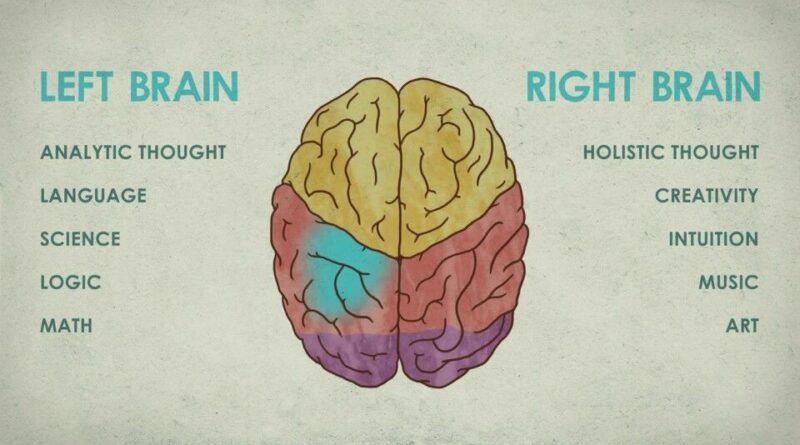Dyslexia Brains
[Please note that this page contains affiliate links. If you choose to purchase after clicking a link, I may receive a commission at no extra cost to you.]
When most people think of dyslexia, they may think of people reading letters backwards like b’s and d’s, or they believe dyslexia was seen as seen or vice versa. The truth is those who have dyslexia see the same as everyone else.
It comes from a phonological processing issue meaning people affected by it have trouble not seeing language but manipulating it.
As an example, if you heard the word “cat” and someone asked you to remove the “c,” you would have the word “at” leftover. This can be very challenging for those with dyslexia. Given the word in isolation like “fantastic,” students with dyslexia need to break the word into parts to read it: “fan-tas-tic.”
What is Dyslexia?
Time spent decoding makes it difficult for those to keep up with peers and gain sufficient comprehension. Spelling words phonetically like “stik” for “stick” and “frens” instead of “friends” is expected as well.
These complications are more varied and widespread than generally imagined, as it affects about one in five people. Moreover, it occurs on a continuum one person might have mild dyslexia, whereas the next person will have a profound case.
Dyslexia also runs in families. For example, it is common to see one family member have trouble spelling; well, another family has difficulty decoding even one-syllable words like “batch.”
The continuum and distribution of dyslexia suggest a more broad principle to remember as we look at how dyslexia brains process language.
Dyslexia and Neurodiversity
Neurodiversity is the idea our brains show altercations in function and structure. We should not be so fast to label every abnormality from normal as a pathological disorder or disdain people living with these altercations as flawed.
People with neurological variations like dyslexia, including such creative and inventive individuals as Picasso, Steven Spielberg, Muhammad Ali, Cher, and Whoopi Goldberg, clearly have every capacity to be brilliant and successful in life.
This is the unique way the brain works with dyslexia: the brain is separated into two hemispheres. The left hemisphere is typically involved in reading and language. The right brain typically handles spatial activities like creativity and intuition.
fMRI studies
fMRI studies found that the brains with those with dyslexia rely more on the right hemisphere and frontal lobe than those in the brains without it.
Reading a word takes a more extended trip through their brain and may delay reaching the frontal lobe. As a result of this glitch, they have more difficulty with reading. However, people with it can change their brains physically, which improves their reading abilities.
An intensive multisensory intervention breaks the language down and teaches the reader to decode based on syllable type and spelling rules. As a result, the brains of those with dyslexia began using the left hemisphere more efficiently well reading, and their reading improved.
This type of interaction works as it locates it correctly as an observed variation in one’s brain. That naturally shows all kinds of altercations from one person to another.
Neurodiversity emphasizes this spectrum of brain function in all humans and suggests that to better understand the perspectives of those around us. We should try to see the world through their eyes and understand it through their brains.


